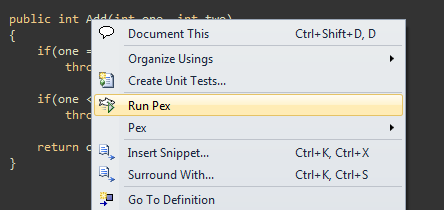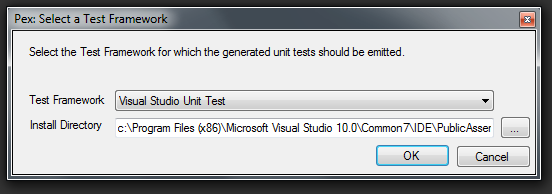Maybe it looks like I am having a personal vendetta against OR mappers but this is not the case. In the last week I have seen a otherwise “good” applications performance go overboard because of a misuse of an OR mapper. So I just want to share my findings and maybe save someone, somewhere, some time.
My poison today was the process of deleting lot of records from a simple table. A simple task if you care to get your fingers dirty in SQL, regardless of the flavor.
Let’s say that you have a table of users and you developed a strong hate for the letter ‘H’ (or any other letter in the alphabet). So you woke up with a burning hate of the letter ‘H’ and you can not but delete all users which name starts with the letter ‘H’.
All you need to do is to execute this simple query:
DELETE FROM Users WHERE UserName LIKE 'H%'
And done…
I agree that this scenario is a little…simple, but even if the structure of the database schema would be a little more complicated you could still do it with very few queries.
Now lets take a look at how this happens with a OR mapper.
With an OR mapper we first have to get a hold of the users we want to delete. The easiest (and most common) way to do this is to load them into memory. That meas that a sql query will be fired to read all users that we are going to delete.
SELECT * FROM Users WHERE UserName LIKE 'H%'
Note: Please take into consideration that this query does not happen if the users are already loaded into memory.
So now you have them in memory. Now you can call Delete on every one of them. Te default behavior of any OR mapper is to fire of individual delete statement, one for each user you want to delete.
DELETE FROM Users WHERE UserId = 1 DELETE FROM Users WHERE UserId = 2 ... DELETE FROM Users WHERE UserId = 5000
There is no arguing that this is less efficient that doing all of it in one big delete statement. The situation gets even worse if there are triggers or a cascade delete 😦
But before you start fainting stop think. I found a solution, sadly only for Entity Framework. For the rest I just bypass the OR mapper and use the underlying connection to directly fire SQL statements (how this is done is specific with the OR mapper used).
This breaks the “database agnostic” advantage that OR mapper give you. But to be honest I think that this advantage is a myth, so I lose nothing here. And besides in all the SQL flavors the vanilla delete statement is the same.
So this is another problem I have with OR mappers and my solution to the same problem. Please keep in mind that this becomes a problem with massive data quantities. What “massive” means for your application is a question that can only be individually answered.
But before I go I want to share my latest story. There was an operation in an application I work on that fired 80k to 100k requests of those 80% to 90% were delete statement. Before I started the operation took 50 minutes and would often fail because of timeouts. After the “optimization” the same operation working with the same data finished in 4 to 6 seconds.


